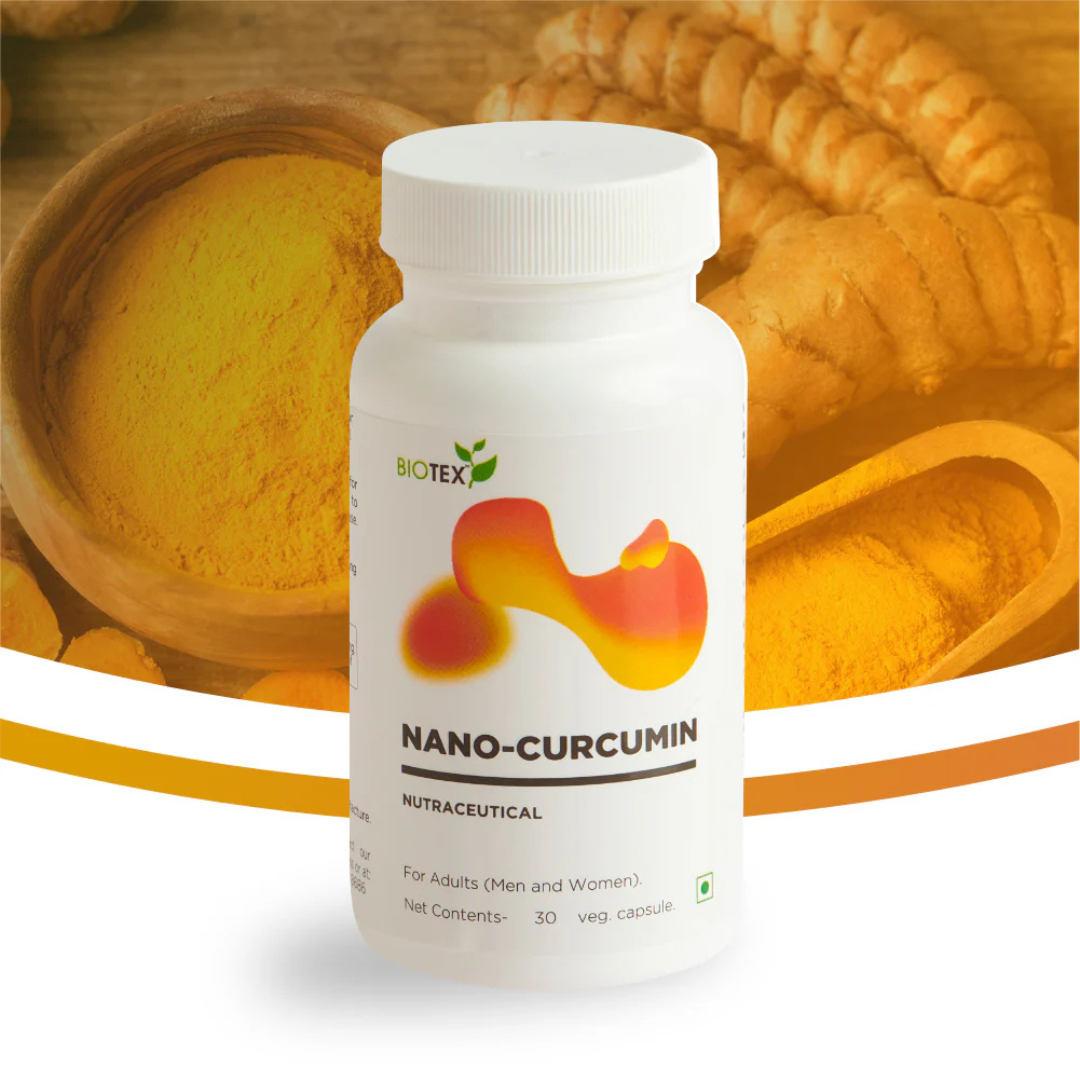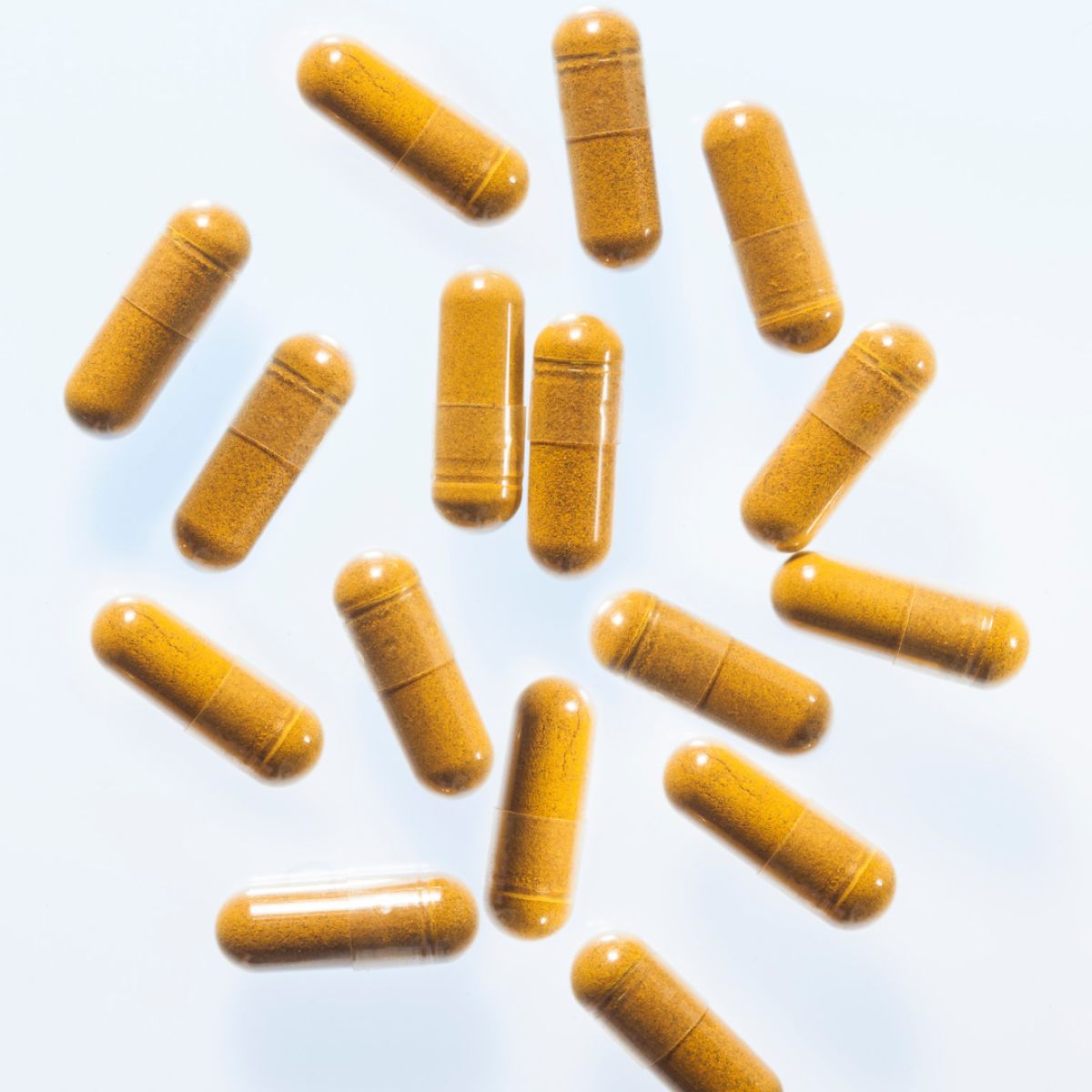Introduction
Hesperidin is a naturally occurring flavanone glycoside predominantly found in the peels and membranes of citrus fruits such as oranges, lemons, and grapefruits. Its aglycone form is known as hesperidin, and the compound was first isolated in 1828 from the white inner layer of citrus peels (the albedo) by French chemist M. Lebreton. As a member of the vast flavonoid family, hesperidin contributes to plant defence mechanisms and offers a spectrum of biological activities.
Sources and Chemical Structure
Citrus fruits are the richest dietary source of hesperidin, with concentrations varying widely: up to 26 mg per 100 mL in orange juice, 18 mg in lemon juice, and smaller amounts in other citrus juices. Chemically, hesperidin consists of a flavanone backbone linked to a disaccharide (rutinose) at the 7-position, giving it the systematic name 7-rutinoside of hesperidin. Its molecular formula is C₂₈H₃₄O₁₅, and it exhibits predicted melting and boiling points of 262 °C and 930 °C, respectively.
Mechanisms of Action
Hesperidin exerts potent antioxidant effects by scavenging free radicals, thereby protecting cells from oxidative stress–induced damage. It also exhibits anti-inflammatory activities by downregulating pro-inflammatory cytokines such as TNF-α and by modulating key signalling pathways involved in inflammation. These dual actions underpin many of its health benefits.
Cardiovascular Health Benefits
A growing body of research highlights hesperidin’s role in cardiovascular protection. Experimental and clinical studies demonstrate that hesperidin supplementation can:
- Improve endothelial function and microvascular reactivity, leading to better blood flow and lower blood pressure.
- Reduce serum triglycerides (TG), total cholesterol (TC), and low-density lipoprotein (LDL) levels, while mitigating markers of systemic inflammation such as TNF-α (pmc.ncbi.nlm.nih.gov).
- Inhibit the progression of atherosclerotic plaque formation through antioxidant and anti-inflammatory pathways (sciencedirect.com).
Skin Health and Dermatological Applications
Topical and oral applications of hesperidin have demonstrated promising benefits for cutaneous health:
- Pigmentation and UV Protection: Hesperidin and its metabolites reduce epidermal pigmentation and protect against UVB-induced damage, helping to maintain an even skin tone (pmc.ncbi.nlm.nih.gov, onlinelibrary.wiley.com).
- Barrier Function and Hydration: In aged skin models, hesperidin enhances epidermal differentiation and strengthens the skin barrier, improving moisture retention via activation of the Nrf2 pathway (regimenlab.ca, skintypesolutions.com).
- Anti-Inflammatory Effects: Its ability to soothe irritated skin makes it useful in formulations targeting redness and sensitivity, including rosacea and eczema management (skintypesolutions.com, pmc.ncbi.nlm.nih.gov).
Dosage and Safety
Human clinical trials commonly employ hesperidin doses ranging from 300 mg to 600 mg per day, with some studies safely testing up to 1 g daily. Side effects are generally mild but can include gastrointestinal discomfort such as nausea and diarrhea; individuals on certain medications or with bleeding disorders should exercise caution and consult a healthcare provider before supplementation (verywellhealth.com).
1. Powerful Antioxidant Support
- Free Radical Scavenging: Hesperidin neutralizes reactive oxygen species (ROS), helping to protect cells from oxidative damage that underlies aging and many chronic diseases.
- Enhancement of Endogenous Defenses: It can upregulate the activity of phase II detoxification enzymes (e.g., glutathione S-transferase), further reinforcing the body’s intrinsic antioxidant network.
2. Cardiovascular Health
- Improved Vascular Function: Hesperidin promotes healthy blood vessel dilation by enhancing nitric oxide (NO) bioavailability, supporting normal blood pressure and microcirculation.
- Cholesterol Regulation: Supplementation has been shown to modestly lower LDL (“bad”) cholesterol and triglycerides, while helping to maintain healthy HDL (“good”) cholesterol levels.
- Anti-Atherogenic Effects: Through its combined antioxidant and anti-inflammatory actions, hesperidin helps inhibit the formation of arterial plaque.
3. Anti-Inflammatory Action
- Cytokine Modulation: Hesperidin downregulates pro-inflammatory mediators such as TNF-α, IL-1β, and COX2, helping to keep systemic inflammation in check.
- Joint Comfort: By reducing inflammatory signaling in joint tissues, it may support ease of movement and comfort in people with mild joint stiffness.
4. Metabolic and Blood Sugar Balance
- Glucose Metabolism: Hesperidin can improve insulin sensitivity and support healthy blood glucose levels after meals.
- Weight Management Support: Its ability to modulate lipid metabolism and reduce adipose inflammation may aid in maintaining a healthy body composition.
5. Skin Integrity and Appearance
- Barrier Function: By enhancing the expression of proteins involved in skin barrier formation (e.g., filaggrin), hesperidin helps the skin retain moisture and resist environmental stressors.
- Even Tone and Radiance: It can reduce UV-induced pigmentation and support natural skin renewal processes, leading to a more even complexion.
- Soothing Properties: Its gentle anti-inflammatory effects help calm redness and sensitivity, making it valuable in formulations for dry or reactive skin.
6. Immune Support
- Enhanced Defense: Hesperidin has been observed to stimulate the activity of natural killer (NK) cells and other immune components, contributing to balanced immune responsiveness.
- Respiratory Health: Historical use and emerging data suggest it may help maintain healthy mucosal barriers in the airways, supporting normal respiratory function.
7. Neuroprotective Benefits
- Cognitive Performance: Through antioxidant and anti-inflammatory pathways, hesperidin may protect neurons against age-related decline and oxidative stress.
- Mood and Energy: Preliminary findings indicate potential benefits in mood regulation, possibly linked to its influence on neurotransmitter pathways and cerebral blood flow.
8. Dosage and Safety
- Typical Intake: Dietary sources alone can provide small amounts of hesperidin, but standardized supplements often deliver 300–600 mg per day to achieve therapeutic effects.
- Tolerability: Generally well-tolerated, with minimal gastrointestinal side effects reported at typical doses. Individuals on anticoagulant therapy should consult a healthcare professional before use.
Conclusion
Hesperidin is a versatile flavonoid that delivers comprehensive support for heart health, inflammatory balance, metabolic regulation, skin vitality, immune resilience, and cognitive well-being. Whether enjoyed through a diet rich in citrus fruits or via a targeted supplement, hesperidin represents a scientifically backed strategy to enhance and maintain overall wellness.



